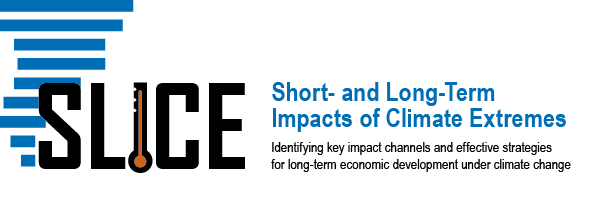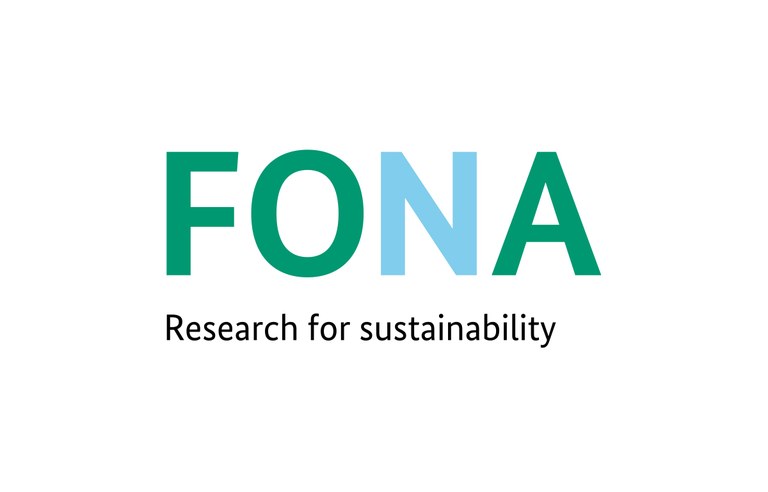WP6 - Dynamical modelling economic development trajectories under climate extremes for low- and high-income countries
In WP6 we complement and expand the empirical work on the impacts of climate extremes on long-term economic growth in WP5 by dynamic simulations accounting for nonlinearities, the unpremeditated nature of climate extremes, and interactions not represented in the empirical models. In contrast to large-scale computational general equilibrium models, the model has a high temporal resolution and permits for the description of unbalanced growth paths. In contrast to standard growth models that often use simple reduced-form damage functions, we focus on a detailed process-based representation of the main impact channels (e.g., impacts on technological development or labor productivity). The most relevant channels are selected based upon the results of the econometric macroscopic analysis in WP5. The economic response to consecutive individual disasters is temporally resolved to capture the potentially nonlinear interplay of insurance payouts, government spending shocks, and limited reconstruction capacity. The model enables us to trace a country’s recovery dynamics back to its economic structure by accounting for the response dynamics of different economic sectors, guided by the findings of WP3 and WP5. We base our simulations on the physical hazard-risk indicators developed in WP1 together with the direct economic losses calculated in WP2, on data of national insurance penetrations, and of disaster losses of the NatCatService database. We assess differences in disaster recovery between industrialized and developing countries simulating and comparing the post-disaster recovery dynamics, consumption losses, and other key metrics such as socio-economic resilience. We then study the viability of socio-economic adaptation measures such climate insurance schemes and assess their potentials to foster long-term socio-economic resilience. For future projections, the large ensemble size of impact simulations provided by WP1 and WP2 allows (i) to analyse potential economic development trajectories of countries under climate change, (ii) to identify hotspot countries that are affected most by climate extremes, and (iii) to quantify averted costs at low-levels compared to higher levels of global warming.



